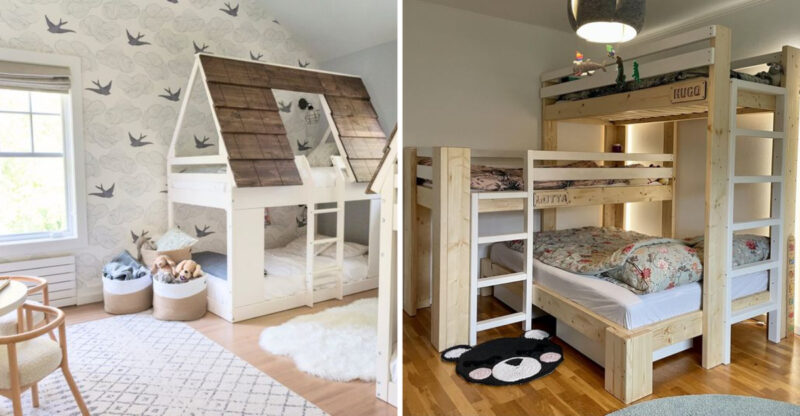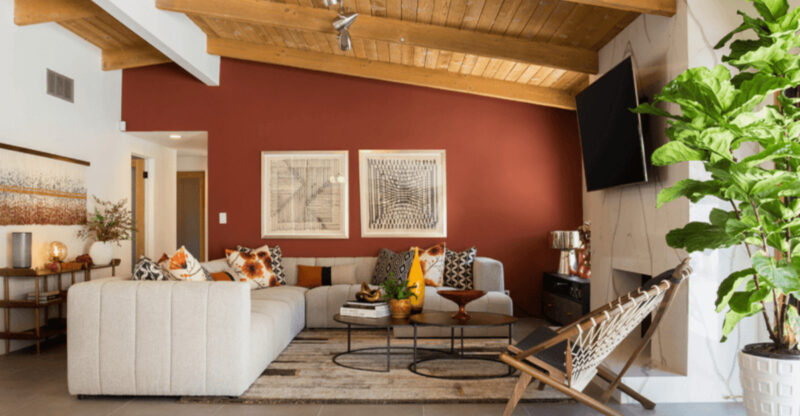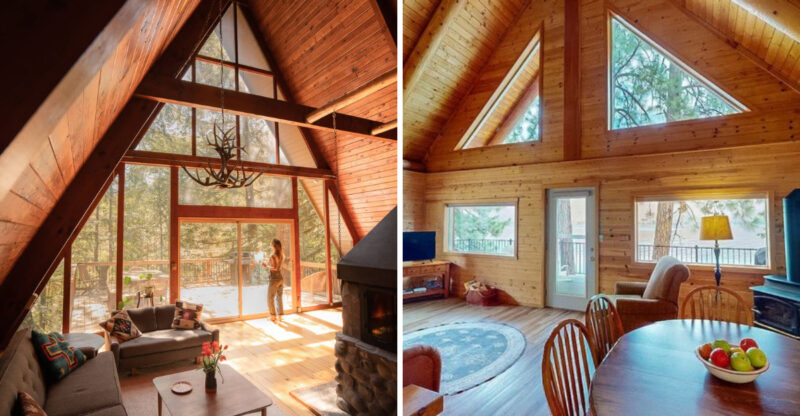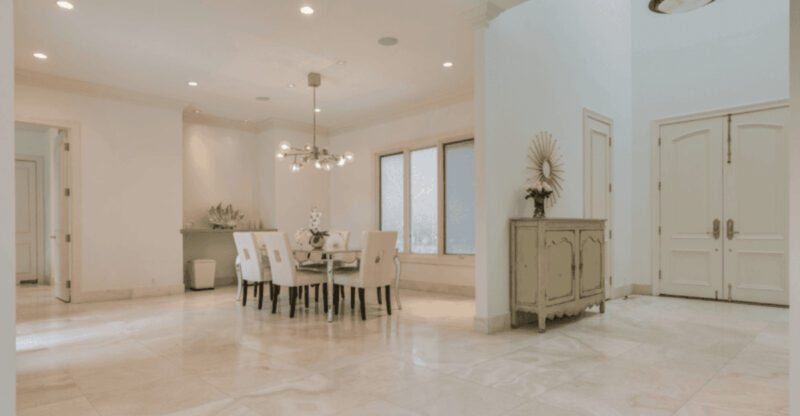Common Kitchen Cabinet Problems And How To Fix Them
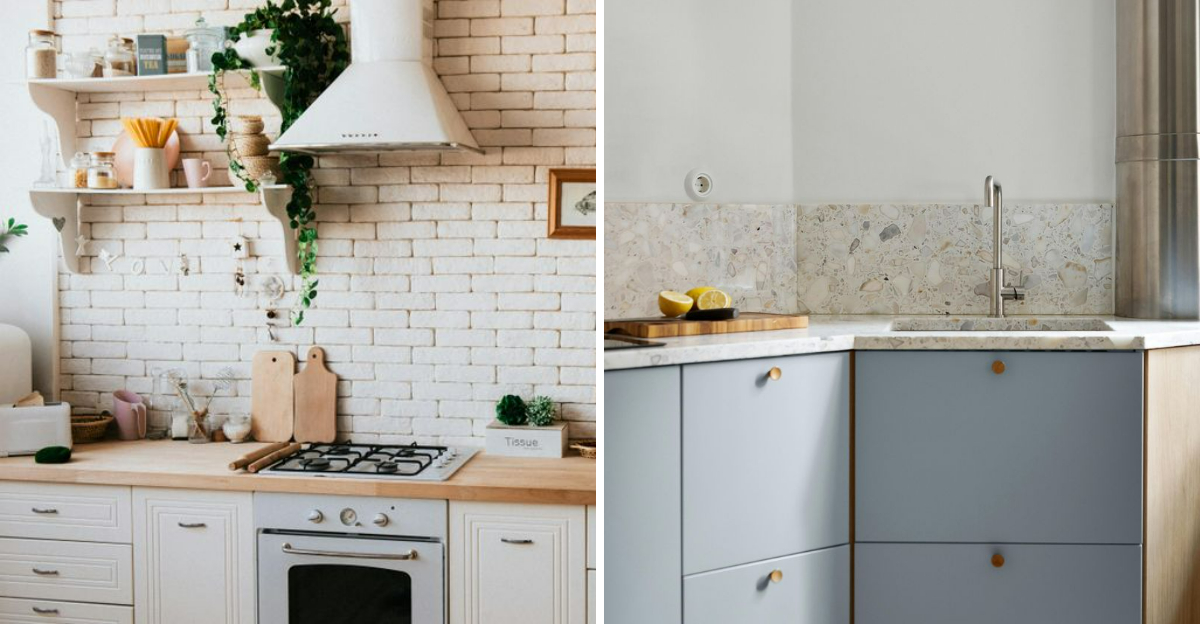
Kitchen cabinets face daily wear and tear that can lead to various problems over time. From sticky doors to loose hinges, these issues can make your kitchen less functional and attractive. Knowing how to address common cabinet problems can save you money on replacements and keep your kitchen looking its best.
The solutions in this article are for general informational purposes only. Always follow manufacturer guidelines and consult a professional for complex repairs or structural issues.
1. Squeaky Door Hinges
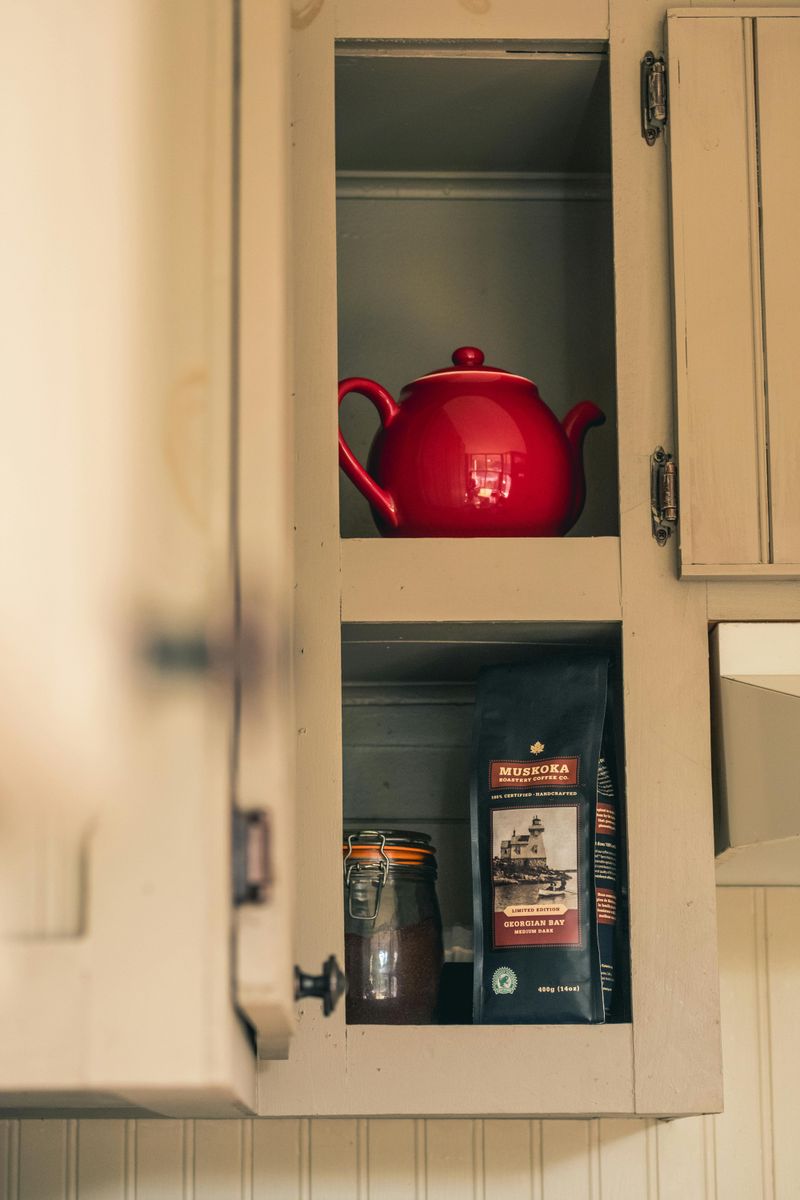
That annoying squeak every time you reach for a plate doesn’t have to be your kitchen’s soundtrack. Simple household lubricants can solve this problem in minutes.
Apply a small amount of cooking oil, petroleum jelly, or silicone spray directly to the hinge. Open and close the door several times to work the lubricant into the mechanism. For stubborn squeaks, remove the hinge pins, clean them with steel wool, apply lubricant, and reinstall.
2. Sagging Cabinet Doors
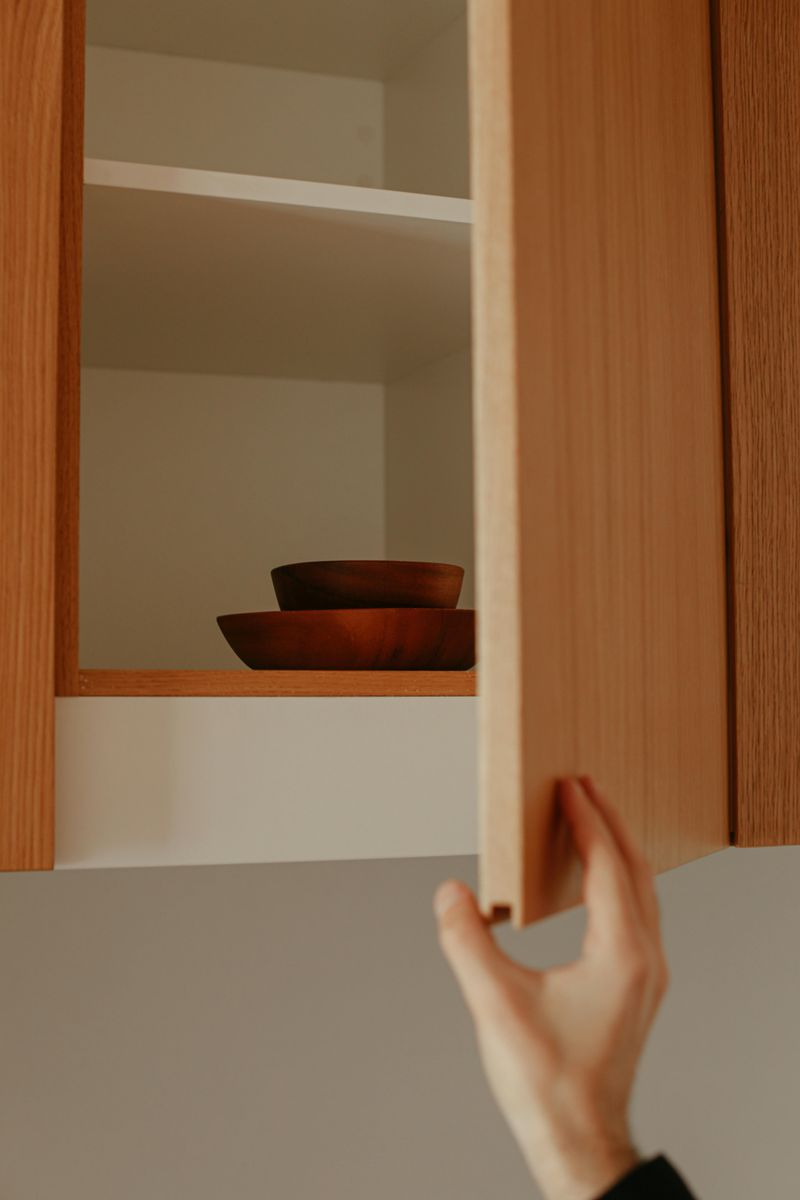
Over years of use, gravity takes its toll and cabinet doors begin to droop. This not only looks sloppy but can prevent proper closing.
Check the mounting screws on the hinges first – they might just need tightening. Many modern hinges have adjustment screws that allow you to realign the door. Turn these screws in small increments until the door sits level. For older cabinets without adjustable hinges, adding a small wooden shim behind the hinge can help correct alignment.
3. Water Damage and Swelling
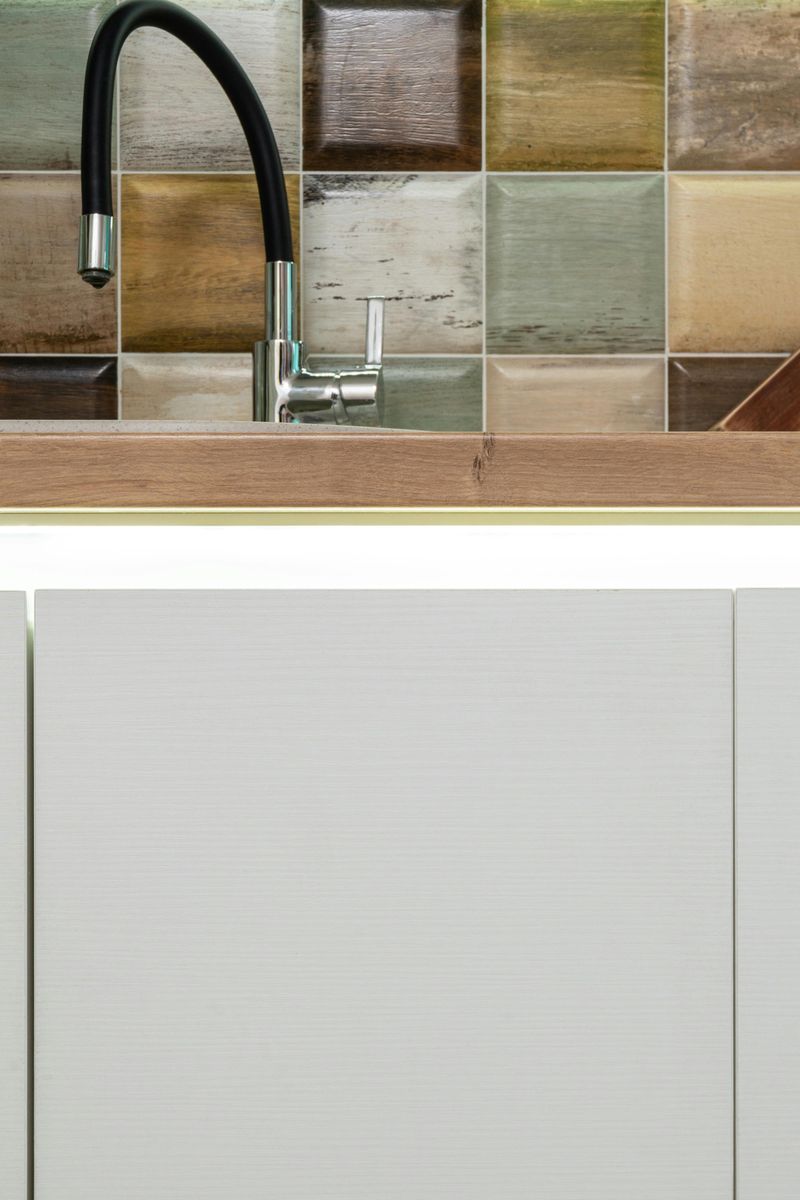
A forgotten leak can cause cabinets to swell, warp, and develop unsightly water stains. Catching this early makes repair much easier.
First, fix the source of moisture – check under-sink plumbing and nearby appliances. For minor swelling, sand the affected area once it’s completely dry, then refinish to match. Severe water damage might require replacing the affected panel. To prevent future issues, apply sealant to areas prone to water exposure and wipe up spills immediately.
4. Loose Cabinet Knobs and Pulls
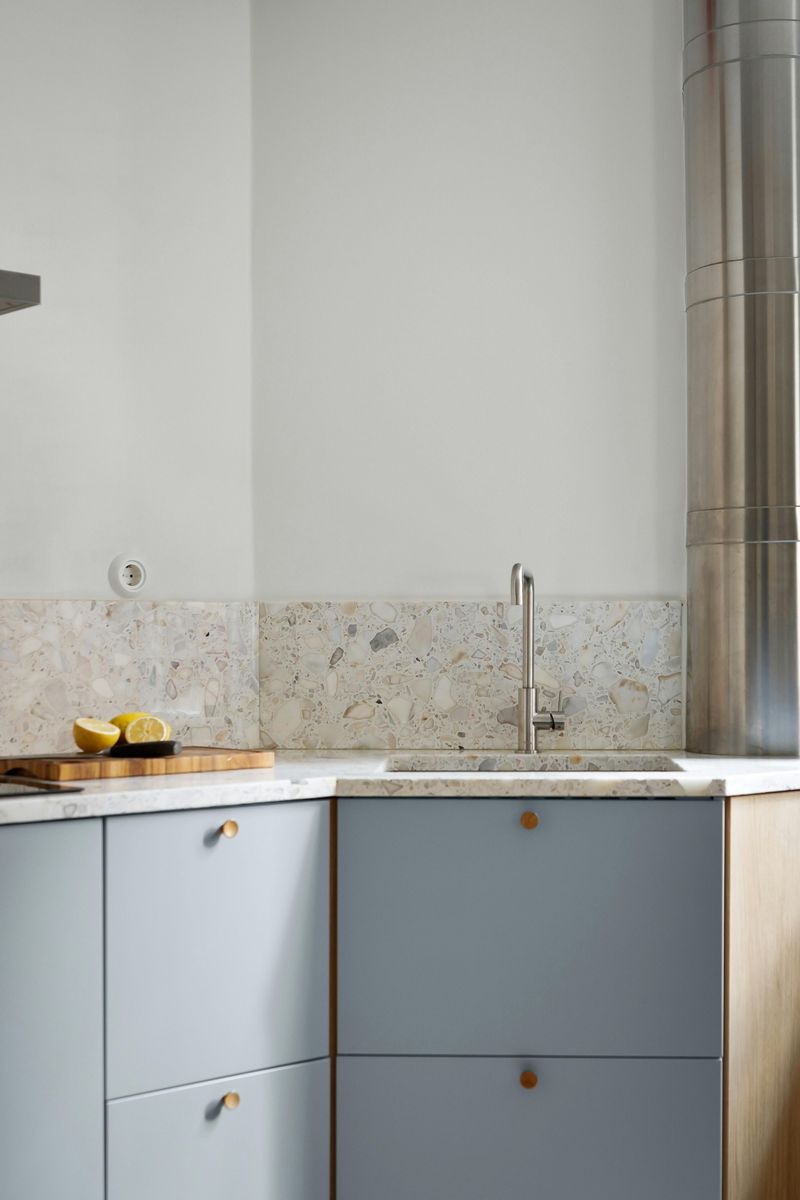
Wiggly handles make cabinets feel cheap and can scratch the wood when they rotate out of position. This five-minute fix requires just a screwdriver.
Turn the knob counterclockwise to see if it simply needs tightening. If the screw keeps spinning without tightening, the hole might be stripped. Fill the hole with wood filler or a toothpick and wood glue, let dry, then reinstall. For pulls with two screws, make sure both are equally tight to prevent the handle from sitting crooked.
5. Cracked or Peeling Veneer

Peeling veneer not only looks terrible but can worsen quickly if not addressed. Fortunately, repairing it doesn’t always mean replacing the entire cabinet.
Clean the area thoroughly and scrape away any loose veneer. Apply wood glue under the loose sections and press down firmly with a clean cloth. Place heavy books or clamps on top until the glue dries completely. For missing pieces, wood putty that matches your cabinet color can fill in gaps. Sand smooth after drying and touch up with matching stain.
6. Faded or Discolored Finish
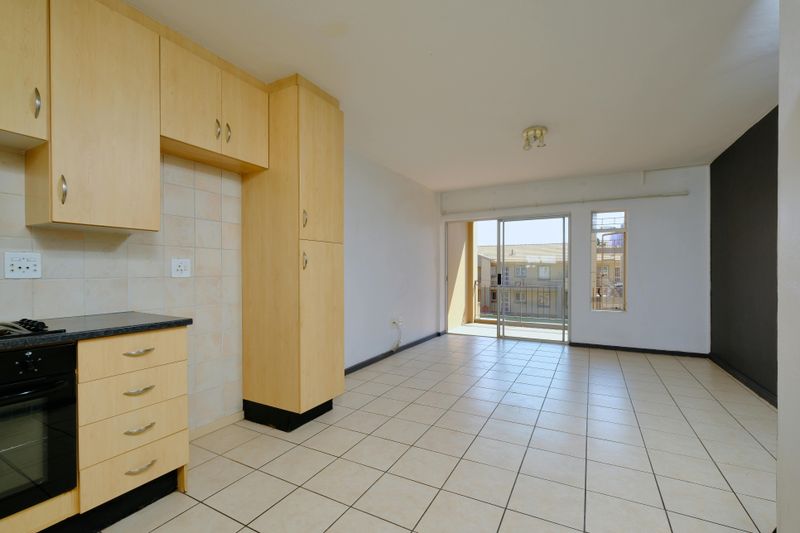
Years of cooking steam, sunlight, and cleaning products can leave cabinets looking dull and discolored. Bringing back their luster doesn’t always require refinishing.
Start with a gentle cleaning using a mixture of vinegar and warm water to remove built-up grime. For wood cabinets, products like Murphy’s Oil Soap can work wonders. Cabinet polish or restorer can revive minor fading. For more severe cases, consider cabinet refinishing kits that don’t require complete stripping – they typically include deglosser, stain, and protective topcoat.

